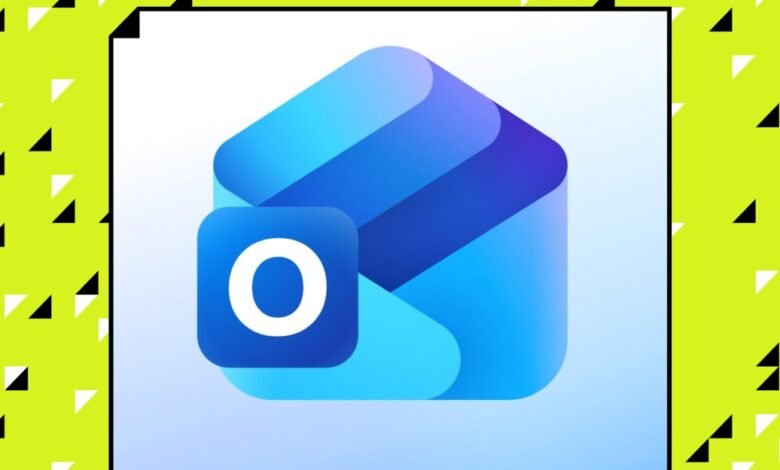Microsoft Outlook’s AI Revamp: A New Era Begins

▼ Summary
– Microsoft has reorganized its Outlook team under new leadership to rebuild the email client from the ground up for the AI era.
– The new vision for Outlook involves transforming it into an AI-powered assistant that reads messages, drafts replies, and organizes schedules.
– The Outlook team is expected to accelerate development with weekly feature experiments and rapid prototyping instead of quarterly cycles.
– Microsoft faces challenges in convincing employees and customers about the AI overhaul while ensuring reliability for business users.
– AI will be embedded in Outlook’s design, build, and culture, aiming to make it a foundational part of the product rather than just an added feature.
Microsoft Outlook is poised for a major transformation, moving beyond its familiar interface to become an intelligent partner for managing daily communications. Insiders report that Microsoft has reorganized its Outlook team under fresh leadership, signaling a deep commitment to rebuilding the email platform from the ground up for an AI-driven future. Rather than simply adding artificial intelligence features to the existing framework, the company aims to fundamentally reimagine how Outlook supports users.
Gaurav Sareen, the new corporate vice president overseeing global experiences and platform, now leads the Outlook team directly. In an internal communication, Sareen described a vision where Outlook evolves from a collection of tools into a proactive assistant that alleviates the burden of email and scheduling. He characterized this future version as a “body double” for users, a constant presence that makes overwhelming workloads feel manageable. With Microsoft Copilot integrated, this assistant becomes even more capable, drafting replies, reading incoming messages, and organizing calendars autonomously.
To realize this ambitious goal, Sareen is pushing for a cultural shift within the development team. He advocates for dramatically accelerated innovation cycles, with weekly experiments replacing traditional quarterly updates. The objective is to prototype and test new functionalities in days rather than months, embedding AI into every stage of Outlook’s design, construction, and deployment. According to Sareen, AI will not merely be a component of the product but will define the team’s operational ethos, enabling the rapid progress demanded by the current technological moment.
This overhaul arrives as Microsoft continues refining its “One Outlook” initiative, a web-based client intended to eventually replace the Windows, Mac, and legacy web versions. That project has faced challenges in matching the performance and reliability of the desktop applications it aims to supersede. Introducing advanced, unproven AI capabilities into such a critical business tool, relied upon by executives worldwide for daily scheduling, represents a substantial risk. Sareen is urging employees to embrace courage, abandon outdated processes, and move forward decisively even when hesitation seems easier.
The Outlook restructuring is part of broader organizational changes at Microsoft centered on artificial intelligence. Ryan Roslansky, CEO of LinkedIn, recently expanded his responsibilities to head the Office division, overseeing Outlook, Microsoft 365, and Copilot application teams. Both Roslansky and Sareen face the internal challenge of convincing skeptical Microsoft staff that a ground-up AI rebuild is the correct strategic direction. Despite some employee doubts regarding the company’s AI investments, leadership remains committed to its vision.
Sareen predicts that next year will bring a wave of products marketed as “AI native,” but he distinguishes between superficial additions and genuine transformation. He has staked his leadership on ensuring Outlook’s rebuild encompasses both the product and the development culture, aiming to deliver a truly intelligent platform rather than one that merely complies with trending terminology. As Microsoft prepares for its upcoming Ignite conference, the industry watches closely to see how these profound changes will reshape one of the world’s most essential email applications.
(Source: The Verge)